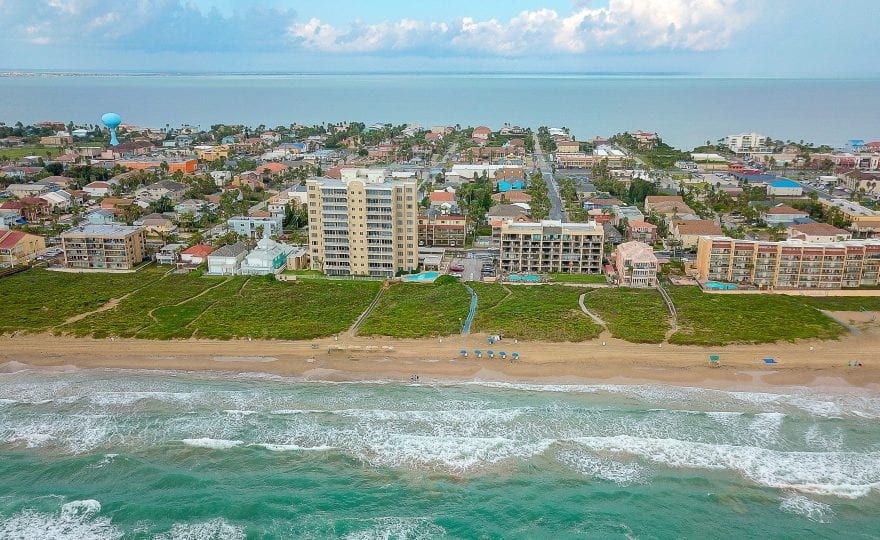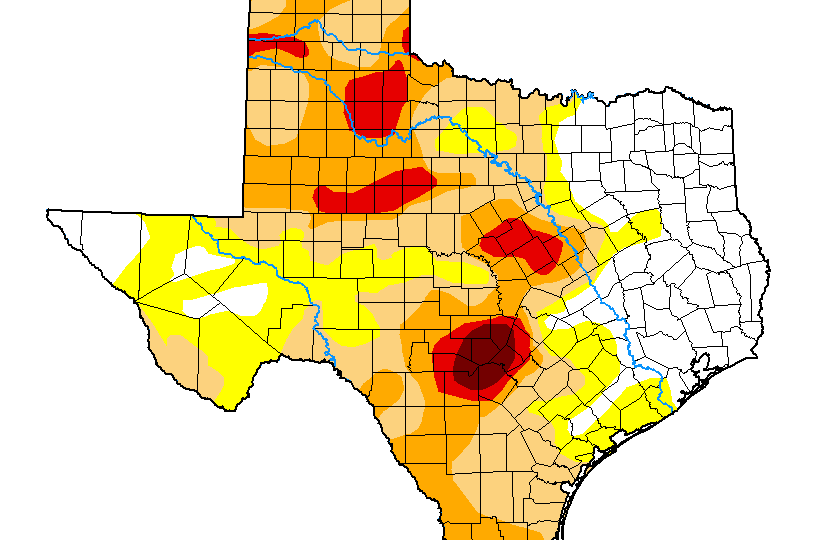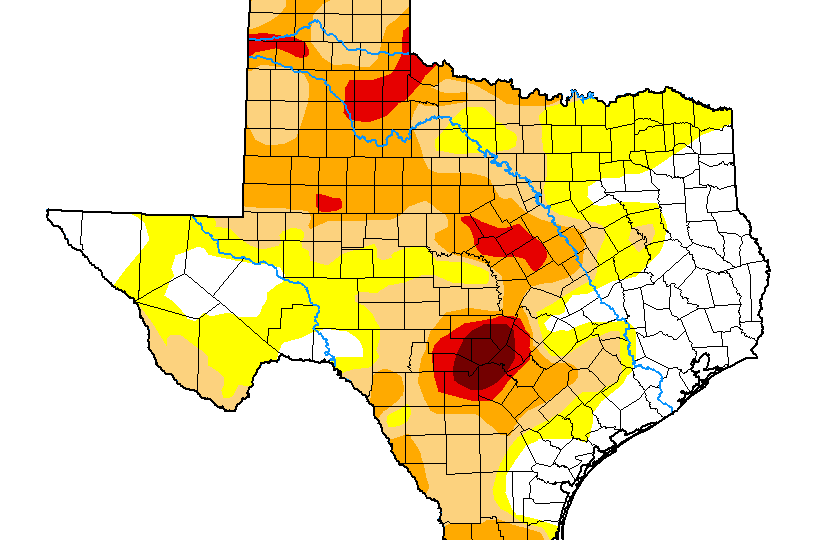We explore academic articles on the topics of investigating how oil and gas production (in combination with disposal) can induce seismic activity, examining the occurrence and diversity of harmful algae species along the Texas Gulf Coast, and characterizing the style of participation among Texas inshore recreational fishing guides.
Author: Robert Mace
outlook+water: Drought up, reservoir storage up, and La Niña (going) down
Summary: Drought conditions have grown to encompass 58% of the state, with extreme or worse drought conditions intensifying to include 10% of the state, statewide reservoir storage increased by 1.2 million acre-feet to 75% full, and La Niña is expected to transition to neutral conditions over the next couple of months (with a possible El Niño in the fall).
think+water: Conserving water in citrus groves, black outages matter, and a massive load of mercury for Galveston Bay
This month we explore academic articles on the topics of evaluating citrus grove-floor management strategies for water use efficiency and conservation in the Lower Rio Grande Valley, examining social disparities in Texas after Winter Storm Uri, and quantifying the sediment and mercury delivered to Galveston Bay from Hurricane Harvey.
outlook+water: 2022 was pretty drouthy, hot and dry is the new black, La Niña’s days are (still) numbered
Summary: 2022 was the 11th warmest, 13th driest, and 10th drouthiest on record for Texas, the next three months are expected to be warmer and drier than normal, and La Niña is still expected to transition to neutral conditions between February and April, with an 82% chance of neutral conditions existing for the March to May season.
think+water: Long-term changes in Lavaca Bay, Uri and post-traumatic stress, and Texan perceptions of reuse and desalination
This month we explore academic articles on the topics of identifying natural environmental stressors that may account for the long-term decline of ecosystem health, examining winter storm-associated post-traumatic stress in eight Texas metro areas, and analyzing public perceptions of desalination and water reuse in Texas.





